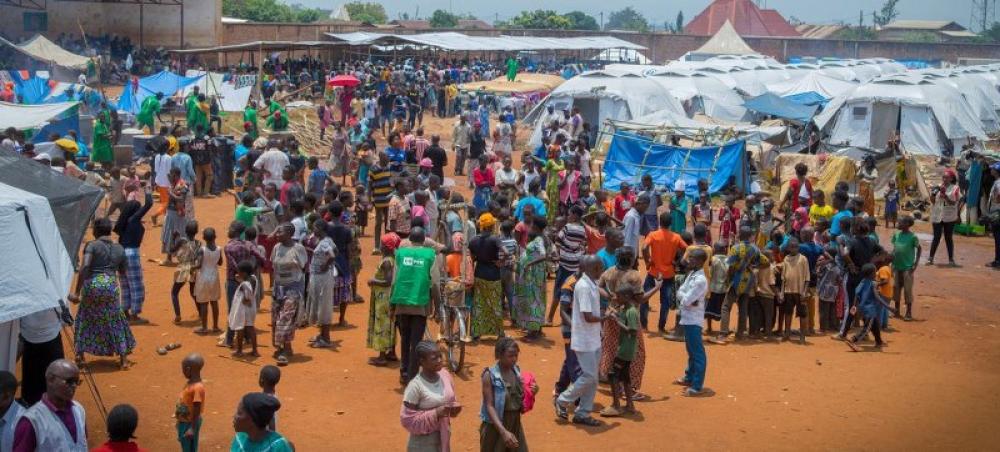Just Earh News | @justearthnews | 20 Jun 2017, 07:29 pm Print
“We are running out of choices for the future,” said Camilo Mora, associate professor of geography in the College of Social Sciences at the University of Hawaii at Manoa and lead author of the study. “For heatwaves, our options are now between bad or terrible. Many people around the world are already paying the ultimate price of heatwaves, and while models suggest that this is likely to continue, it could be much worse if emissions are not considerably reduced. The human body can only function within a narrow range of core body temperatures around 37°C. Heatwaves pose a considerable risk to human life because hot weather, aggravated with high humidity, can raise body temperature, leading to life threatening conditions.”
Numerous examples, such as the 2003 European heatwave that killed approximately 70,000 people, the 2010 Moscow heatwave that killed 10,000 people and the 1995 Chicago heatwave that killed 700 people are staggering examples of the risk to life posed by heatwaves. But beyond these highly cited examples, little was known about how common such killer heatwaves are.
A team of researchers lead by Mora conducted an extensive review of over 30,000 relevant publications and found more than 1,900 cases of locations worldwide where high ambient temperatures have killed people since 1980. From those cases, dates were obtained for 783 lethal heatwaves in 164 cities across 36 countries, with most cases recorded in developed countries at mid-latitudes. Some of the cities that have experienced lethal heatwaves included New York, Washington, Los Angeles, Chicago, Toronto, London, Beijing, Tokyo, Sydney and São Paulo.
By analyzing the climatic conditions of these lethal heat episodes, researchers identified a threshold beyond which temperatures and humidities become deadly. The area of the planet where such a threshold is crossed for 20 or more days per year has been increasing, and is projected to grow even with dramatic cuts in greenhouse gas emissions. Currently, about 30 percent of the world’s human population is exposed to such deadly conditions each year.
“Finding a threshold beyond which climatic conditions turn deadly is scientifically important yet frightening,” said Farrah Powell, a UH Mānoa graduate student and one of the co-authors in the study. “This threshold now allows us to identify conditions that are harmful to people. And because it is based on documented cases of real people across the globe, it makes it that more credible and relevant. The scary thing is how common those deadly conditions are already.”
By 2100 New York is projected to have around 50 days with temperatures and humidities exceeding the threshold in which people have previously died. That same year, the number of deadly days for Sydney will be 20, 30 for Los Angeles, and the entire summer for Orlando and Houston.
The study also found that the greatest risk to human life from deadly heat was projected for tropical areas. This is because the tropics are hot and humid year round, whereas for higher latitudes the risk of deadly heat is restricted to summer.
“Warming at the poles has been one of the iconic climatic changes associated with the ongoing emissions of greenhouse gases,” said co-author Iain Caldwell, a post-doctoral researcher at UH Mānoa. “Our study shows, however, that it is warming in the tropics what will pose the greatest risk to people from deadly heat events. With high temperatures and humidities, it takes very little warming for conditions to turn deadly in the tropics.”
“Climate change has put humanity on a path that will become increasingly dangerous and difficult to reverse if greenhouse gas emissions are not taken much more seriously,” says Mora. “Actions like the withdrawal from the Paris agreement is a step in the wrong direction that will inevitably delay fixing a problem for which there is simply no time to waste.”
- Pakistan: Nine children among 13 killed in rain-related incidents in KP
- UN-backed report shows droughts are causing record devastation worldwide
- Nine die after flash flood hits Nepal-China border, road to border port reopens
- Tide of change in Philippines as women revive watersheds and livelihoods
- WMO says Asia is warming twice as fast as the rest of world






